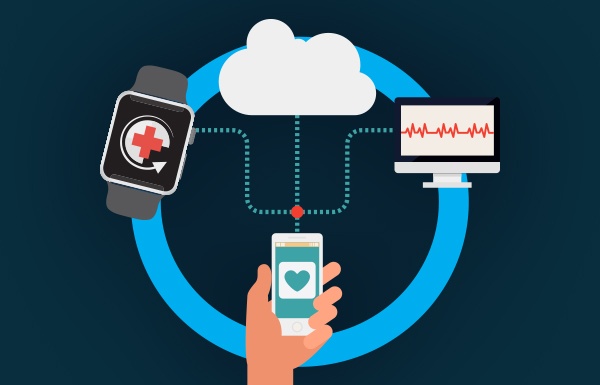
Public debate is currently swirling amidst the introduction of Australia’s national digital health portal, My Health Record. While much of the current debate centres around the risks involved, it it is hard to ignore the obvious benefits of digitising health records like improved co-ordinated care for those with chronic and complex health conditions. For many patients who have faced lengthy wait times for specialist services, this ease of access to their own medical information is proving beneficial. Is digital healthcare really the asset it seems to be?
Outpatient waiting lists - at crisis point?
Way back in 2008, the Rudd government recognised that too many people were waiting far too long for specialist services. To combat this, they introduced a $600 million waiting list reduction plan, which was designed to reduce wait times, improve infrastructure, and drastically reduce ‘long wait’ patients.
10 years later, the result of that initiative (and many like it) has been mixed. Waitlists in Victoria have reduced, but lists for services in some Australian states have soared. In Adelaide, patients reported having waited more than 5 years for simple outpatient procedures, whereas others needing eye services claimed to have waited more than 13.
The burden created by long waiting lists
Waitlists are problematic for everyone involved, for different reasons.
Specialist service admin staff are often the ones who bear the burden of long lists, and managing them isn’t easy. Admin staff say that waitlists could be shorter if only patients were properly prepared and the relevant staff always had access to referrals and complete patient records. By having better prepared patients, staff wouldn’t have to rebook ill-prepared patients or those who couldn’t be fully assessed or treated due to missing information.
The burden of long lists also extends to patients. There’s hundreds of harrowing stories of patients waiting in pain for years on end, with some forced to head overseas for risky treatments as their cases weren’t considered quite urgent enough to be treated here quickly.
Approaches to waiting list reduction
Everyone agrees that long waiting lists are bad news, but there is no consensus on exactly how to reduce them. Although a robust classification system exists to make waiting lists more efficient and effective, experts concede that it doesn’t always work, in part due to missing information and incorrect assessments.
Attempts to make the waiting list system more efficient have largely fallen short of expectations. Recently, Tasmania invested $26 million to establish a panel who will decide which cases on waitlists are more urgent and where they should go, but local Health Minister Michael Ferguson concedes that ‘it will hardly be enough’ to clear the waitlist. Other broader studies come to the same conclusion - it’s hard to manage waitlists by focussing on reduction alone.
Digital healthcare providing new hope
One area that has significant potential to reduce waitlists from an efficiency perspective is digital healthcare. Research shows that health technology has substantial strengths - it can reduce administration by up to 60%, increase patient facetime by 29%, and ensure that, for any given provider, two or more extra patients are seen every day. Digitising healthcare gives patients the opportunity to understand and organise their healthcare, leading to better preparation, less wasted time and shorter waitlists overall.
There’s recently been a flurry of new apps and online portals that are empowering patients to reach that higher level of preparedness through digital intervention. One such app is the recently released My Surgery Journey app, which helps patients prepare for surgery. Another is eRefer, which stores patient referrals and records so they are always accessible to the right people, at the right time.
Having this technology means that patients, admin staff and treating doctors alike will have easy, real-time access to the information they need to make the right decisions. While this may not eradicate waitlists all together, it does allow patients to more readily take ownership of their own health records rather than relying on others.
By establishing easier access to collated health information, administrative burden is reduced, as well as wait times as a whole. With 75% of patients saying they’d use or like to use technology to manage their health, the shift to digital is a promising step forward in waitlist reduction, and one we hope can be expanded on in the years to come.

